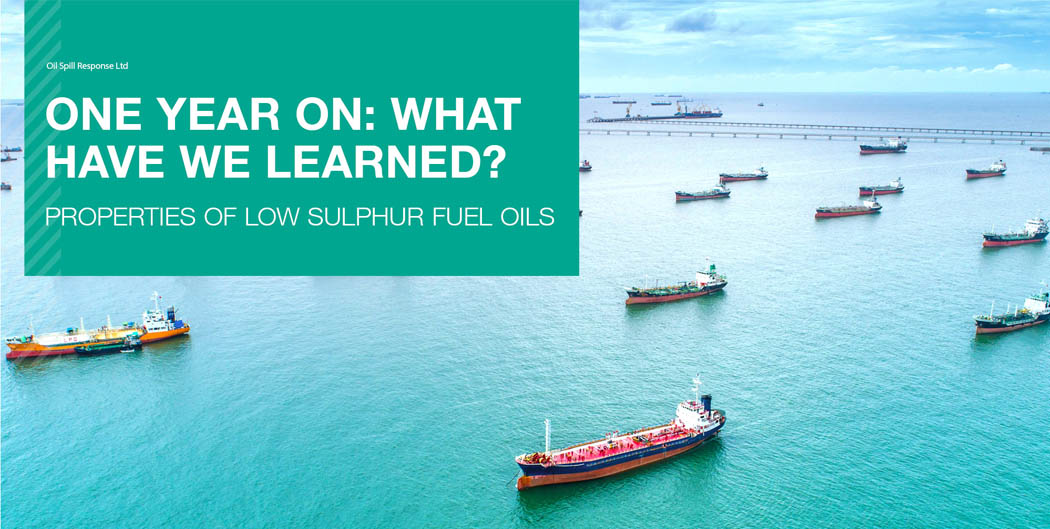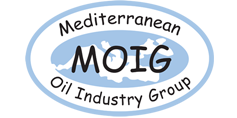
04 February 2021, the MOIG Director participated; via electronic conferencing platform; to webinar titled “One Year on: What Have We Learned? Properties of Low Sulphur Fuel Oils”; organized by Oil Spill Response Limited (OSRL); technical partner. This webinar was presented by Paul Gunter, OSRL Consultant, Silje Berger from the Norwegian Coastal Administration (NCA) and Fanny Chever from the Centre of Documentation, Research and Experimentation on Accidental Water Pollution (Cedre).
Paul Gunter started by introducing OSRL and its members and gave an overview on the previous webinar 1 on Low Sulphur Fuel Oils held on 20th November 2020; delivered by SINTEF. He explained the weathering behaviour of “new generation” Low Sulphur Marine Fuel Oils and presented the classification ISO 8217 Fuel standards (2017). He also summarized the questions asked during OSRL Webinar 1 focusing mainly on response, environmental impacts and behaviour. In addition, Paul Gunter presented the properties and characteristics of VLSFO, HS HFO and LS MGO; from data collected throughout 2020 such as viscosity, density and Pour Point. He highlighted that measured values for these parameters showed considerable variation in their properties. He also defined the key parameters of oil such as viscosity, density; asphaltenes, Pour Point and distillation profile needed to be taken into consideration that can help spill planning and decision making. He concluded by presenting the next steps related to OSRL internal knowledge gathering, evaluation, internal knowledge transfer, external dialogue, collaboration and engagements with industry and governments as well as the IMAROS/EPPR-PAME projects; that are already ongoing. The audience feedback will be provided during the webinar 3.
Siljie Berger talked about the previous National projects coordinated by NCA on Low Sulphur Fuel Oils such as the cooperation NCA & SINTEF, characterization and weathering of MGO and ULSFO and the basin-tests of equipments NCA stockpile. She presented the ongoing joint PAME-EPPR project on new low Sulphur fuels, fate and behaviour in cold water conditions. She also spoke about the organization of this project and its deliveries which include the approach adopted for the preparation of the questionnaire through the IMAROS project, the compilation of knowledge through the industry involvement workshop, the fuel oil sampling methodology, the fate and behavior sampling of 10-12 fuels and the toxicity sampling of 10-12 fuels.
Siljie Berger described the role of partners involved and overall objectives of IMAROS project which will serve to develop recommendations for oil spill response to the new generation of fuels oils, to identify best methods for response at sea as well as on shoreline and to increase knowledge to understand potential environmental impacts from an accidental spill. The project is expected to be completed at the end of June 2022.
Fanny Chever presented the primary results of IMAROS project conducted on13 oil samples in Cedre laboratories, in order to evaluate their physical-chemical properties such as waxes and asphaltenes contents, density, evaporation rate, Pour Point and viscosity. She explained that the analysis results indicated a high variation in asphaltenes and wax contents as well as a high degree of persistence at sea surface expected for some oils.
Fanny Chever concluded that the use of dispersants may be limited on some oils tested but it looks like more easily to handle for some other oils in case of oil spill.
